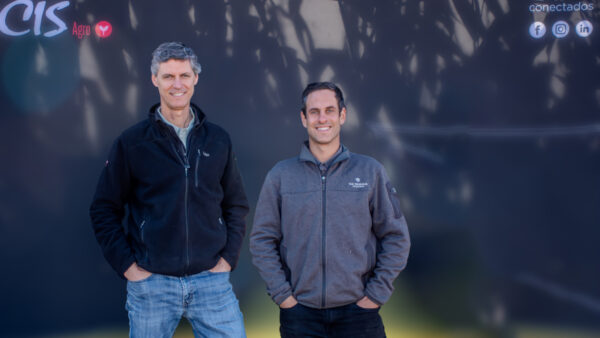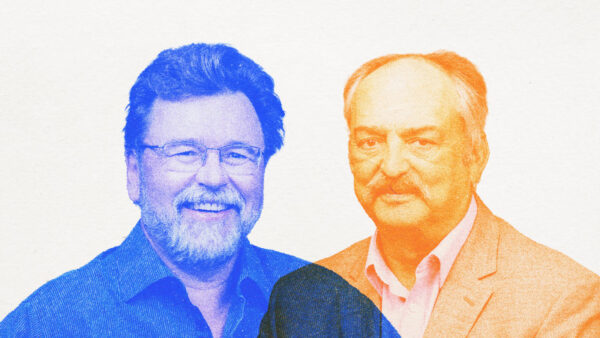At three years old he was asking his dad about atoms and the scientific makeup of the universe. In kindergarten he entered his first science fair. Today he’s educating the masses about science and answering the hard questions.
Kevin Folta, professor at the University of Florida, has dedicated much of his professional life to not only pushing the envelope on what’s possible scientifically, but also helping dispel myths related to the field. He’s the star of two weekly podcasts and uses social media to engage people of all geographies and backgrounds.
“Since 1987 I’ve been in a laboratory,” he says. “I studied molecular biology all the way through [his college degrees] but I also studied communication.”
Competing in speech and debate, eventually becoming a nationally ranked speaker, helped inform Folta in the later parts of his career. Science is tough to explain and can be politicized — whether appropriate or not. Learning and applying communication skills has been invaluable.
Change your approach
For many scientists and experts in their respective fields, it’s easy to overload people with facts. The fact is most people who don’t have scientific backgrounds don’t care about the nitty-gritty details as much as you do. It takes a different approach.
“Anytime you are promoting scientific ideas, you’re going to have people who are not excited about them,” Folta explains. “It applies to all science, whether you’re talking about genetic engineering or climate change.”
The best way to reach your audience or neighbors? Figure out what they care about. Here’s a few tips to get your conversation off on the right foot:
- Avoid inundating people with facts and figures. Talk about why you care about science. Make it personal and broaden your motivation. “When I talk about gene editing in plants, I talk about my desire to have sufficient food supplies and help farmers stay in business,” he says.
- Cater your conversation to the person you’re talking to. If you’re talking to another scientist, feel free to get into the details and the processes. However, when you’re talking with the general public or someone with little to no scientific background, meet them where they’re at. They don’t necessarily want to hear about the statistical approach you took to make the research reproducible — they want to know what the results mean to them.
- Ask questions and show empathy. Folta took this lesson from learning about hostage negotiations — use tactical empathy, especially when dealing with a hostile person. “How can you use effective listening? How can you demonstrate you’re listening? Display that you’re open and understand where they’re coming from as if you’re in their shoes,” he says.
While you might not agree with every point others make, it’s important to understand their backgrounds and why they think they way they do. Employing these three tactics gets you off to the right start when it comes to communicating.
“Science — or the understanding of it — has been held hostage,” Folta says. “We have to first understand how to build a conduit with people, so we know in what way the information is being held hostage. Then, we can address it.”
Build trust with your audience
If you want people to listen to what you have to say, and the evidence you have to back it up, you first need to establish trust. It’s not easy — it takes transparency and openness, but once achieved makes you a valuable resource.
“I wanted to be the scientist that people could trust and know they could ask questions,” Folta explains. “For years I would get five- to 10 emails a day with questions about GMOs or whatever. Now, with social media we can share so much more with so many more people.”
Social media has to be a balance. Simply put, if you only promote your own work and ideas and obvious bias is formed — at least to the onlooker. Folta shares not only his work, but quality studies and information from others. In addition, he engages when he sees misinformation being spread, or questions being asked.










